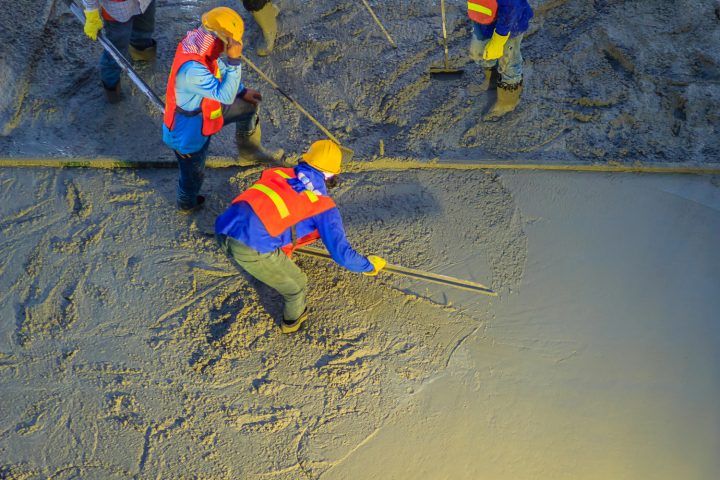
2019-12-13
Concrete: Gradings and Applications
Concrete comprises cement, sand, aggregates, and water in its basic form, but additives are commonly used.
Plasticisers or foaming air entrainment agents increase workability of concrete without adding water, which would affect the ultimate strength of the cured concrete. Retardants will delay curing, allowing more time to work, while accelerants produce the opposite effect. This is useful in winter, for example, to reduce risks of frost exposure.
Standards for concrete used in construction in the UK are specified in National Structural Concrete Specification for Building Construction, edition 4, complying with BS EN 13670:2009, and compressive strength of concrete is expressed as its grade, either as a C or the equivalent M number, calculated in newtons after 28 days.
Standard industry classifications of concrete range from C5 to C70 and beyond, divided into three sets of grades, each specified and suitable for different applications, dependent upon required load-bearing strength. Cost rises as the C grade increases, generally by around £5 per m 3 for each grade increase of 10, excluding any specialist additives. Normal Grades of Concrete cover C5/M5 to C20/M20, for non-structural and light-load bearing applications, ranging from patio slabs to flooring for workshops and garages.
C25/M25 to C45/M45 are Standard Grades of Concrete. Uses for C25 range from general groundworks to footings and fills for foundations, while C30 is used when reinforced concrete is specified and can support roadways. C35-C45 is specified for reinforced concrete with a higher strength requirement, e.g. for septic and water tanks.
High Strength Concrete typically ranges from C50/C70, specified for extremely high compression strength applications, e.g. foundations and lower floors of high-rise buildings. Higher grades of concrete, up to C100 and beyond, have been specified and used for specialist functions, including long-span bridges and offshore constructions.
Density: Low density aggregate, such as pumice, will produce a lightweight concrete with a density below 1920kg/m 3 . Heavyweight concrete has a density of 3000-4000 kg/m 3 , e.g. using barytes aggregate, specified for radiation shielding in nuclear facilities.
Composition: variations on the standard composition of cement, sand, aggregate and water are used to vary the workability and strength of concrete.
Methods of application: Reinforcement by pouring concrete over a framework of steel rebar or mesh or incorporating fibres increases tensile strength.






